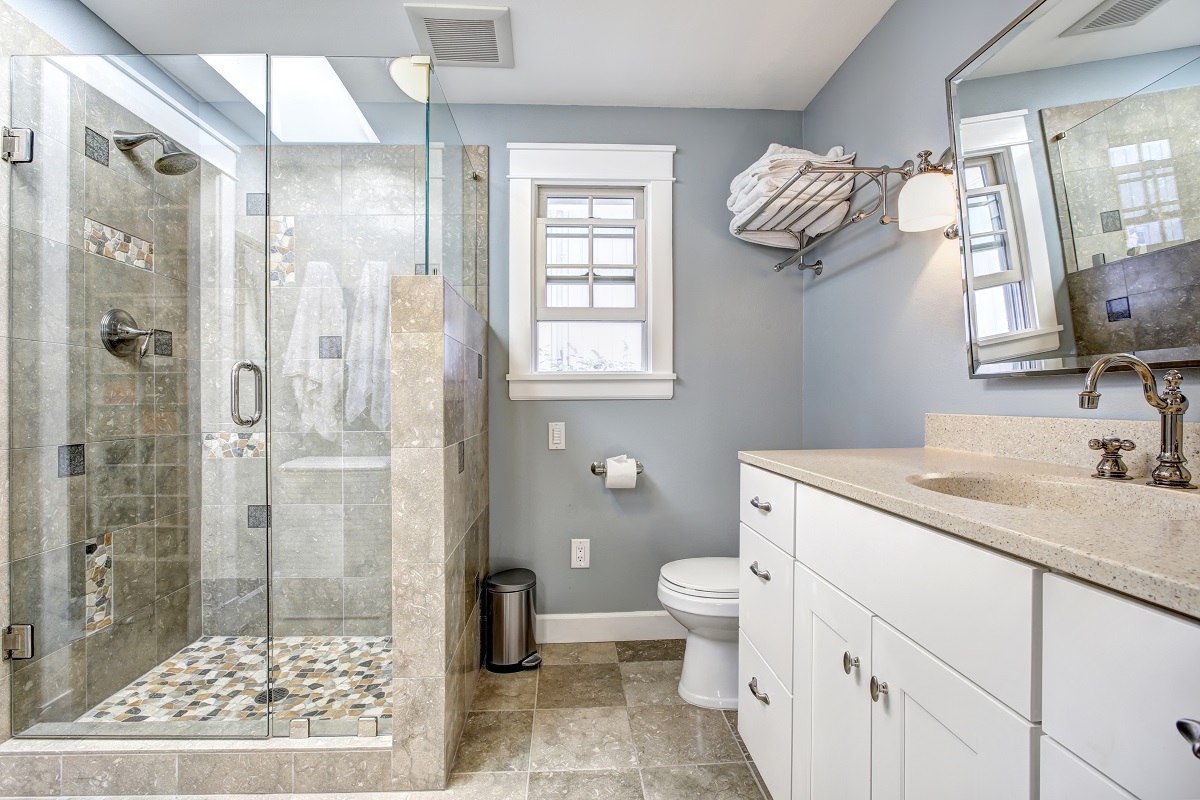Falls were the leading cause of non-fatal injuries in the United States in 2017. It also ranked third in the top causes of fatal accidents. In the said year, nearly 8.6 million people were injured due to it, while 36,000 had died.
Incidents of slips and falls can occur at home, specifically in our bathrooms. The New York Times reported in 2011 that the bathroom could be the most dangerous place in the house, causing 235,000 emergency room visits every year, according to the CDC. Over a third of the injuries occurred in the shower or bath, while more than 14% happened in the toilet.
Most bathroom accidents affected people over the age of 15, but younger children are also susceptible to it. Toddlers, in particular, are fond of roaming around the house, so they can step into a bathroom with standing water on the floor, causing them to slip.
Likewise, senior adults with deteriorating eyesight and balance are vulnerable to bathroom injuries. Hence, if you live with young children and their grandparents, here’s how to ensure their safety in your bathroom:
1. Enlist Pros to Fix Plumbing Issues
If you need to fix a leak or unclog a drain, it’s best to enlist a pro. While those plumbing issues are easy to mend without outside help, doing so may risk your child’s safety. Your little one may get curious about what you’re doing, urging them to go inside a flooding bathroom.
Therefore, call an expert plumber instead of doing the repairs yourself. Wipe away or collect the standing water where it wouldn’t pose a slip hazard. Shut off the water supply to hold back pressurized water, and make the bathroom off-limits to your kids or elderly parents until it is fixed.
2. Drain the Tub Completely
Children can drown in water less than two inches deep, so drain the tub thoroughly after using it. If you use a diaper pail, that can also be a drowning hazard, so keep its lid closed, and so as your toilet’s.

3. Don’t Let Water Temperature Exceed 120°
Skins of young children and senior adults are more delicate, so they may suffer scalds while having a hot bath. Temperatures of 156° can cause third-degree burns within a second in the elderly, according to the Burn Foundation. Hence, limit your water heater’s temperatures to no more than 120°. Such heat levels can already kill harmful bacteria and make baths comfortable.
4. Add Non-slip Mats
Put non-slip mats by the sink, tub, and shower door. Non-skid rugs will also work. These tools eliminate the risk of slips and falls when children or senior adults get out of the shower or tub. They’re also helpful when they’re brushing their teeth or washing their face since those tasks cause water to splash and spill on the floor.
5. Install Childproof Devices or Grab Bars
Childproofing your bathroom is the best way to ensure your kid’s safety. Have a child-safe toilet lock that only you can unlatch, so you’d always know when your child needs to use the toilet. Childproof the faucets and tubs as well to keep them from turning on the tap without your supervision.
If you live with an elderly, install grab bars in the shower and toilet. A shower chair may also help, especially if the senior adult’s balance has already weakened. If they don’t have a caretaker that will aid them in their baths, make them wear a medical alert button while bathing.
While caring for a child or an elderly, it’s best to put aside aesthetics and prioritize their safety over it. You can always focus the appealing details on the other spaces of your home, but in the bathroom, safety always comes first.


